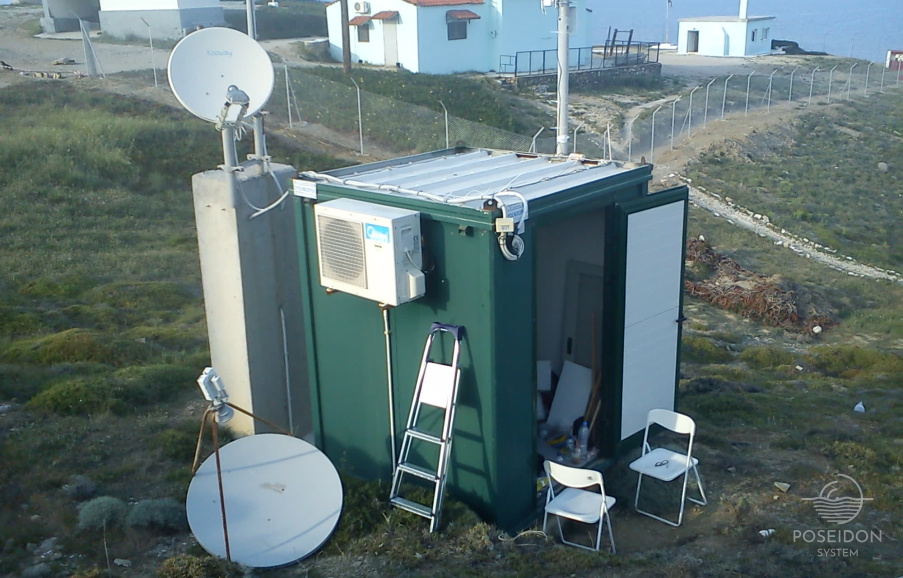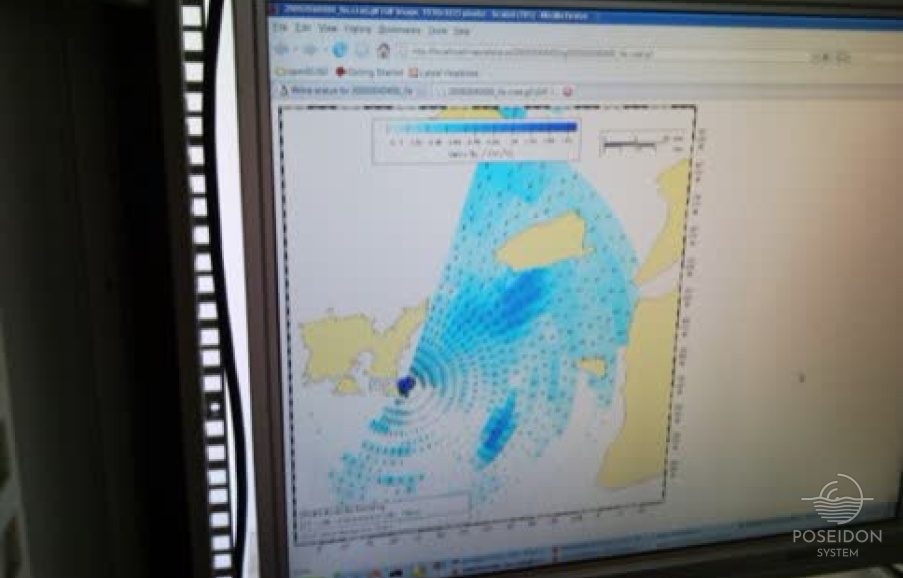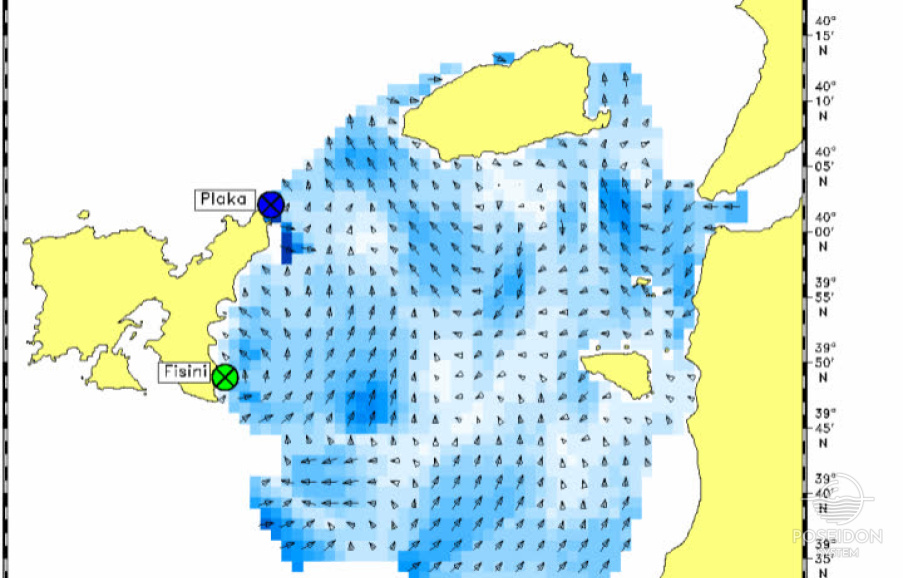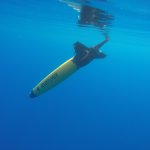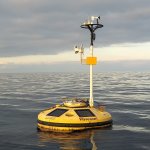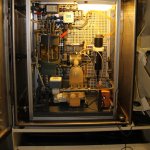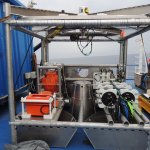HF Radar
High frequency (HF) radar systems measure the speed and direction of ocean surface currents in near real time and in high spatial and temporal resolution over a large region of the coastal ocean, from a few kilometers offshore up to about 200 km, and can operate under any weather conditions. These high quality currents data are necessary for the provision of reliable results by a variety of oceanographic applications, such as ocean circulation models, prediction of surface pollutants movement, sea rescue operations, prediction of the stress due to currents and wave action on coastal and near-shore structures, ships navigation, commercial and recreational fishery.
HF Radar measurements are based on the fact that electromagnetic radiation in the 3 – 30 MHz range scatters strongly (Bragg scattering) from ocean surface gravity waves. The returned energy spectrum thus indicates movement of ocean surface gravity waves with a wavelength of half the radar-transmitted wavelength in directions either toward or away from the HF radar site. Multiple radars are typically deployed so there is enough angular separation to resolve both the north–south and east–west velocity components.
The Hellenic Centre for Marine Research and the University of the Aegean jointly installed in 2009 a WERA high-frequency (HF) radar system – named “Dardanos” - at the eastern coast of Lemnos island, Greece, in the framework of CORI (Prevention and Management of Sea Originated Risks to the Coastal Zone) INTEREG IIIB ARCHIMED 2000-2006 programme. It comprises by two sub-systems (units) deployed 23 km apart, in Plaka and Fisini respectively, in order to provide continuous monitoring of the Black Sea Waters (BSW) inflow to the Aegean Sea through the Dardanelles straits. BSW have a significant impact in the Northern Aegean hydrodynamic state while being rich in organic matter largely determines the physical and biochemical characteristics of the area, potentially affecting the production and the overall quality of the marine environment.
Dardanos system is out of order since December 2012 when the Fisini station in the southern part of Lemnos was struck by lightning during a severe storm that caused extended damages throughout the area. The whole unit with the related cabling system was destroyed and no replacement has been realized due to lack of funding. The necessary funds became available through the HIMIOFOTS project and the Dardanos system is expected to return back in operation during 2021.





